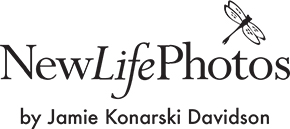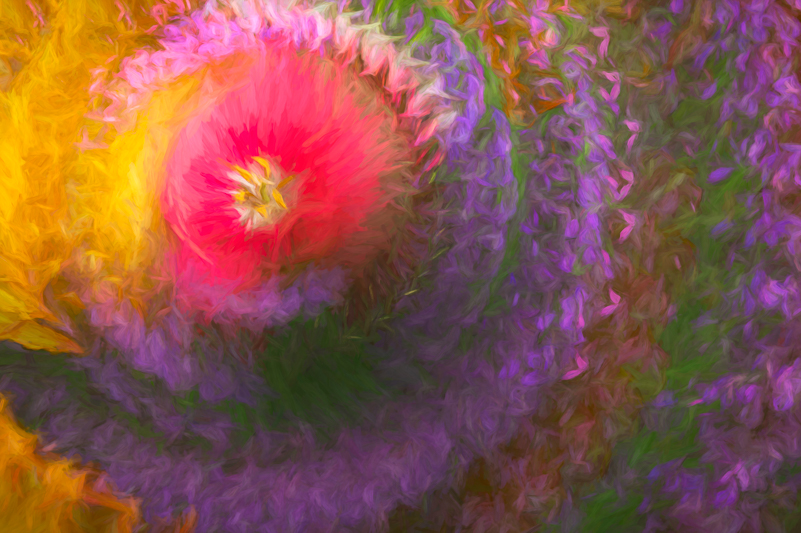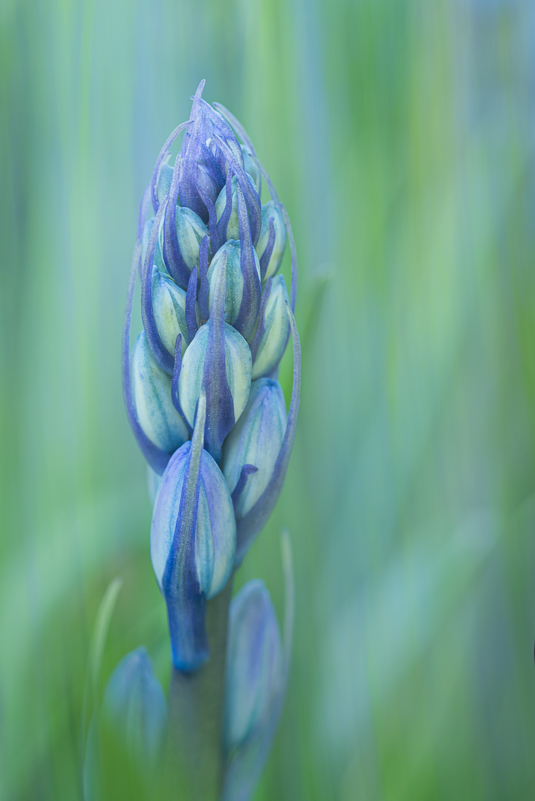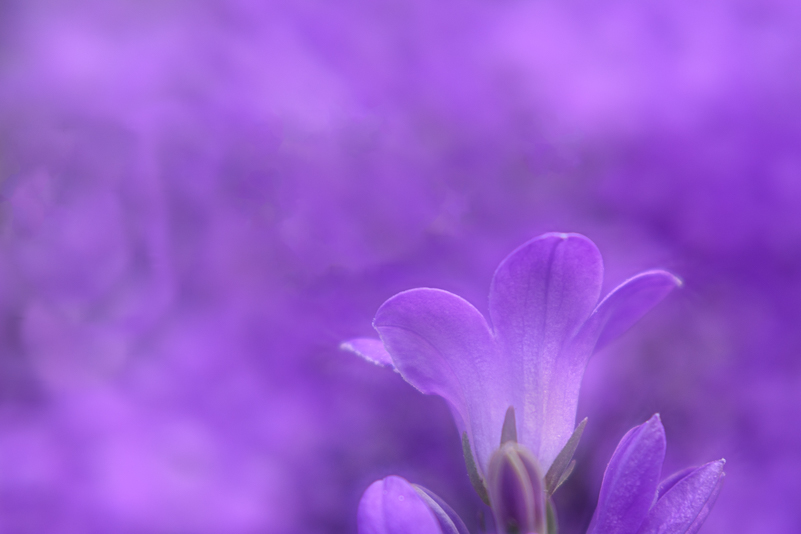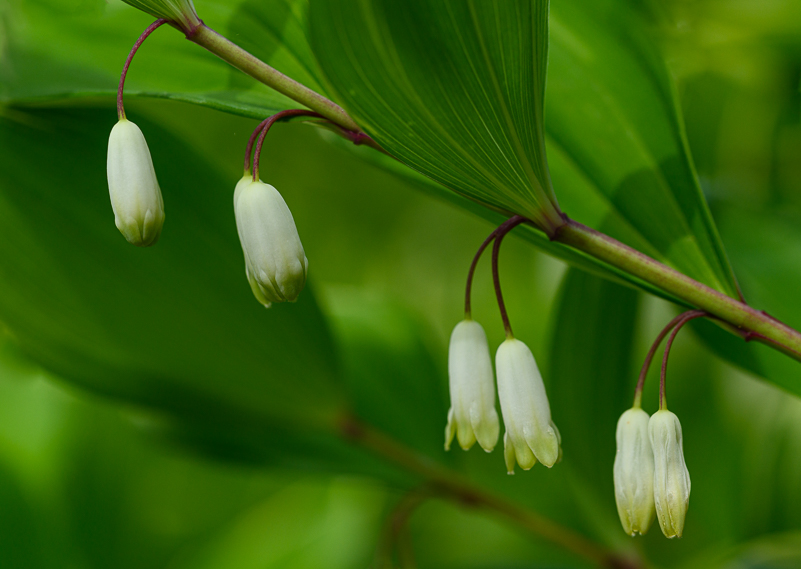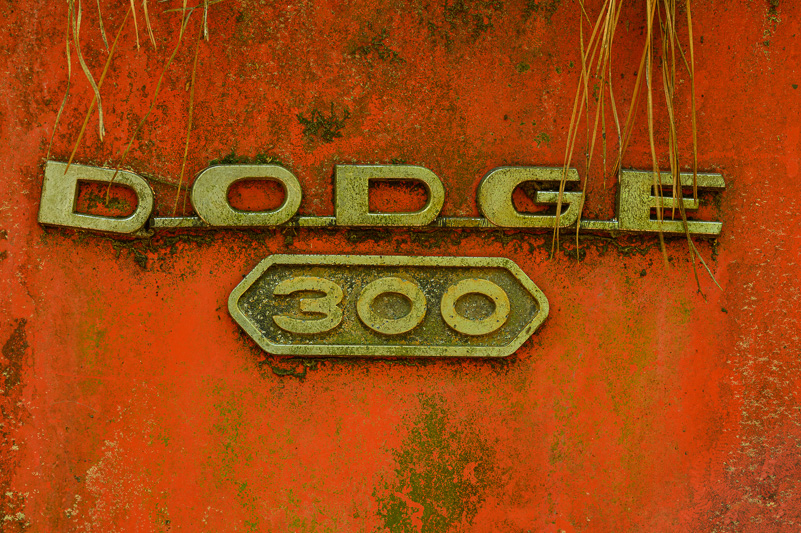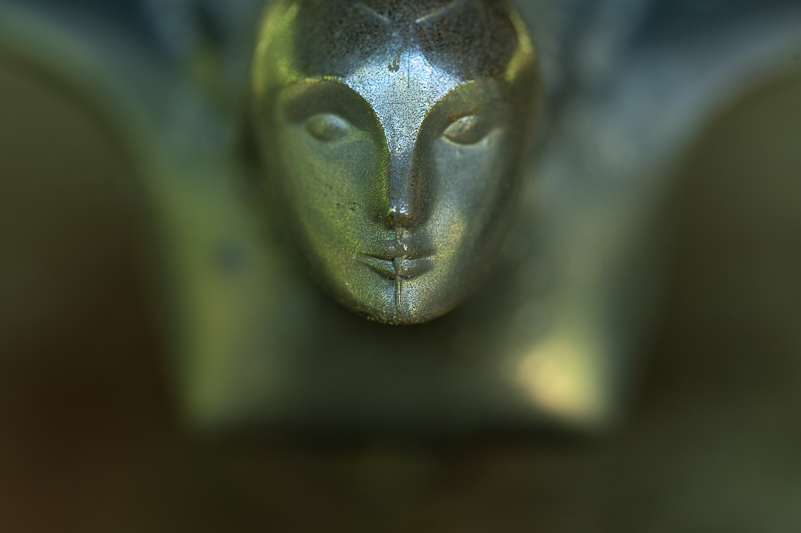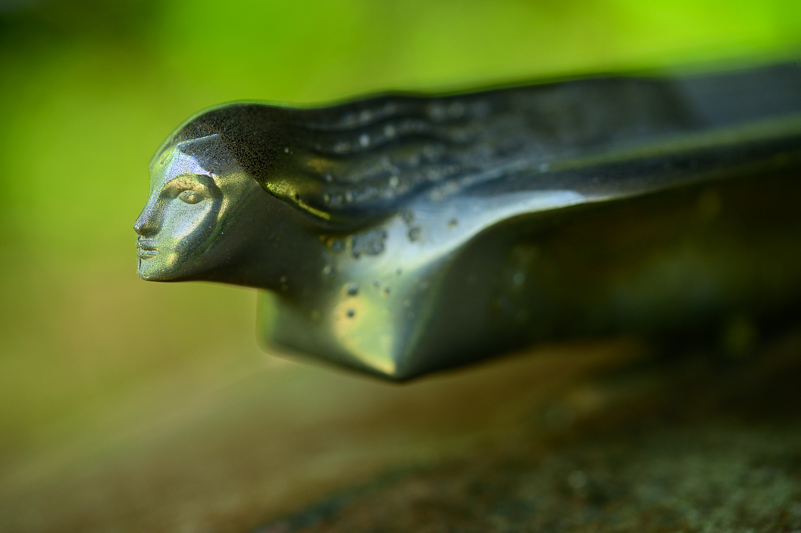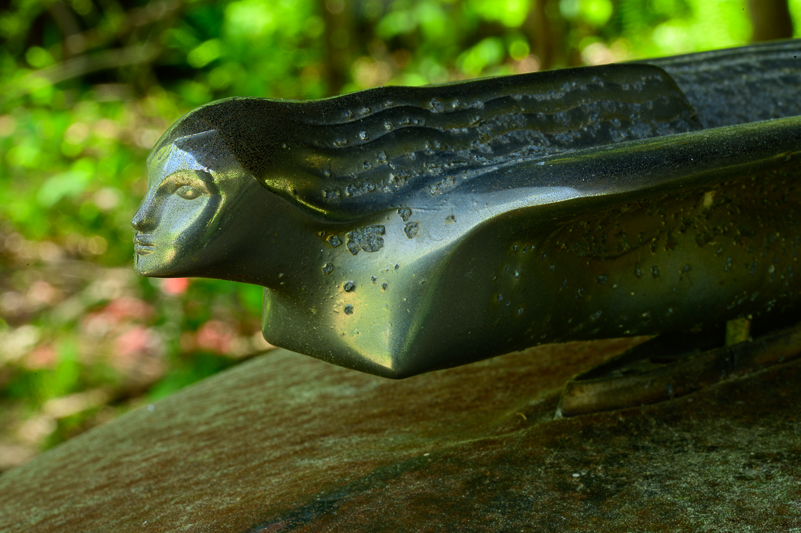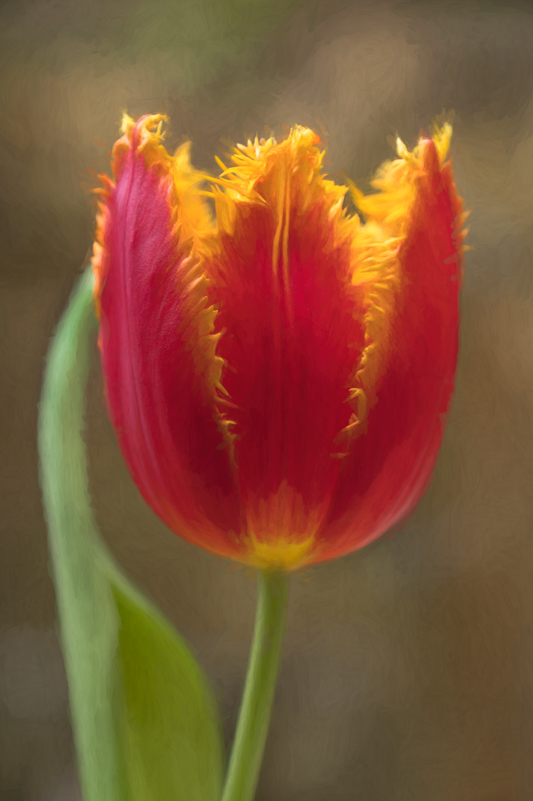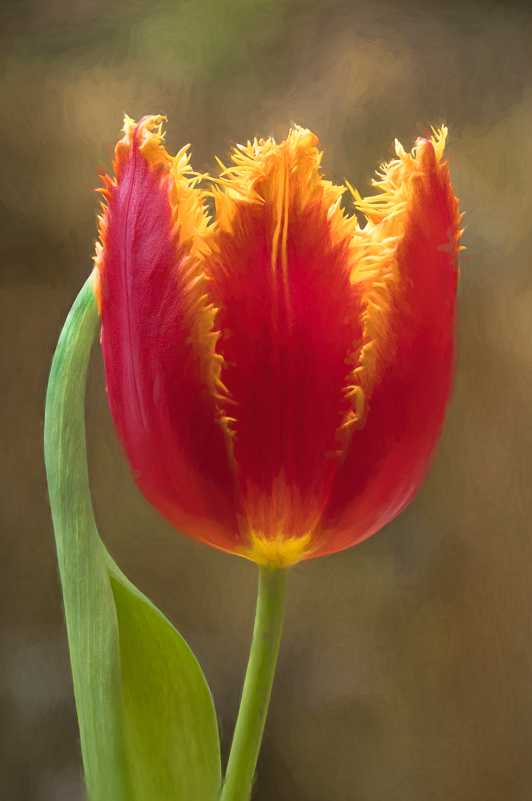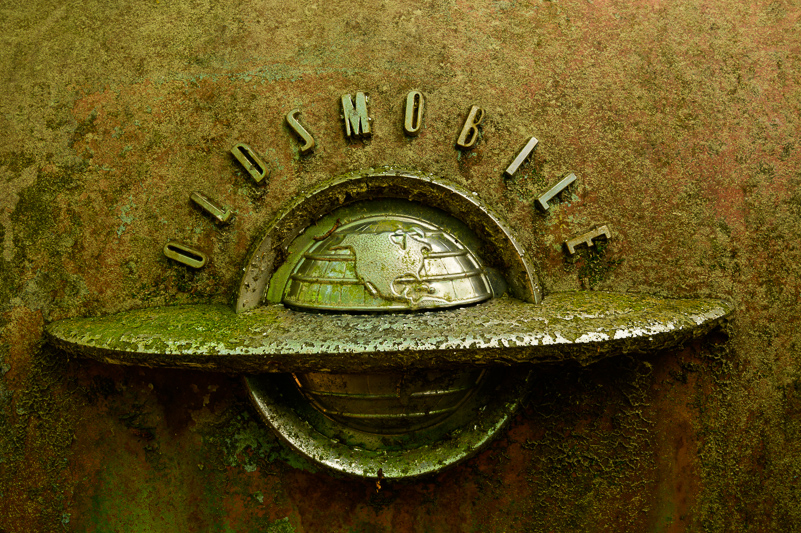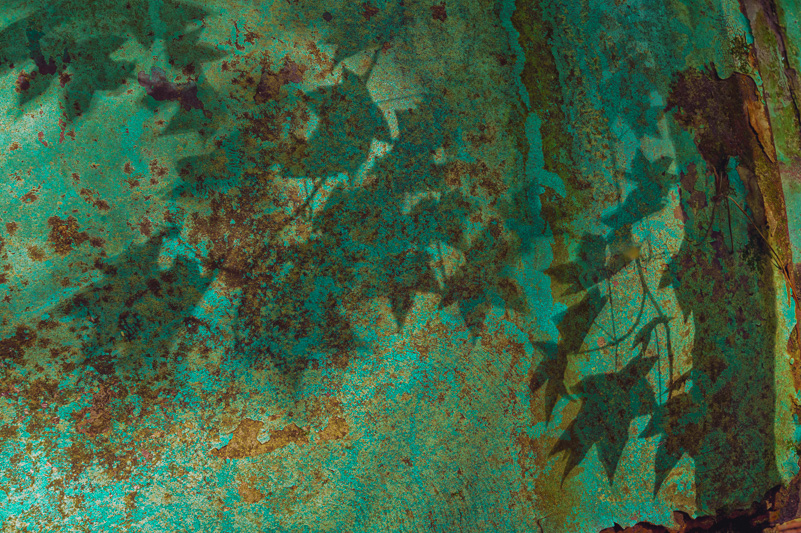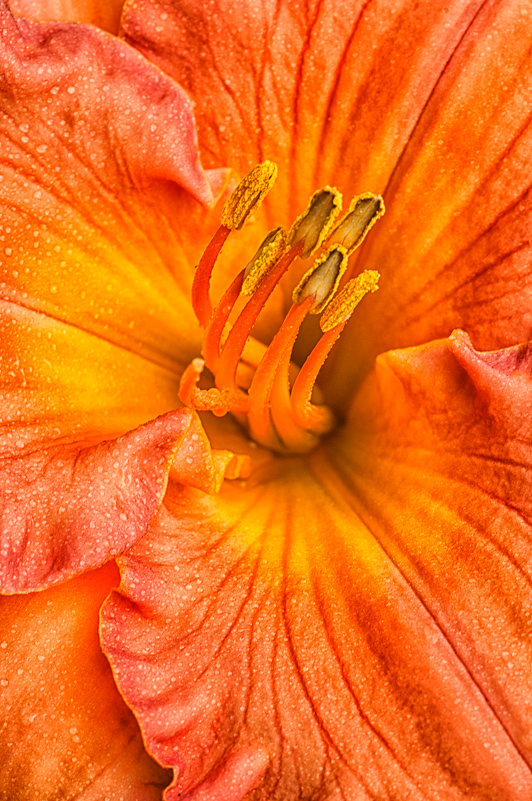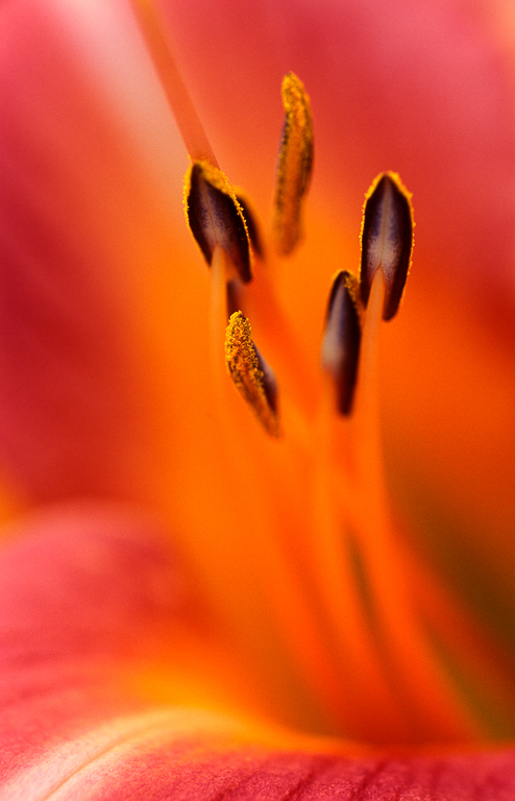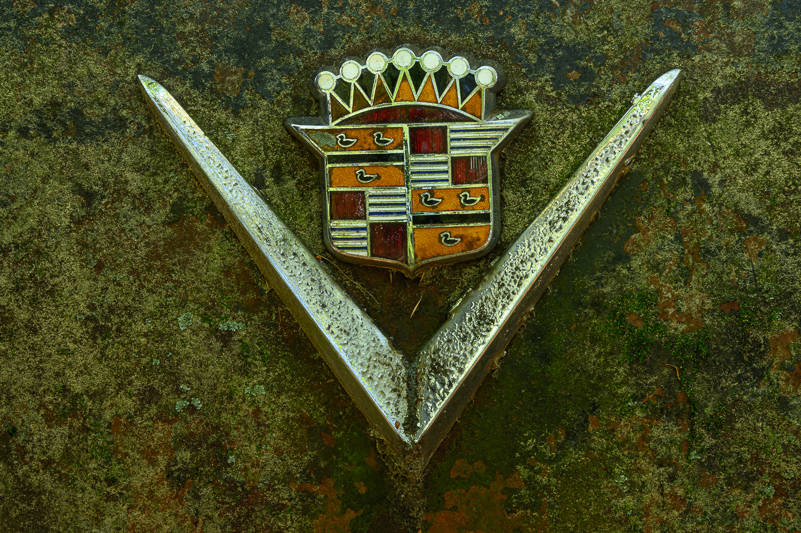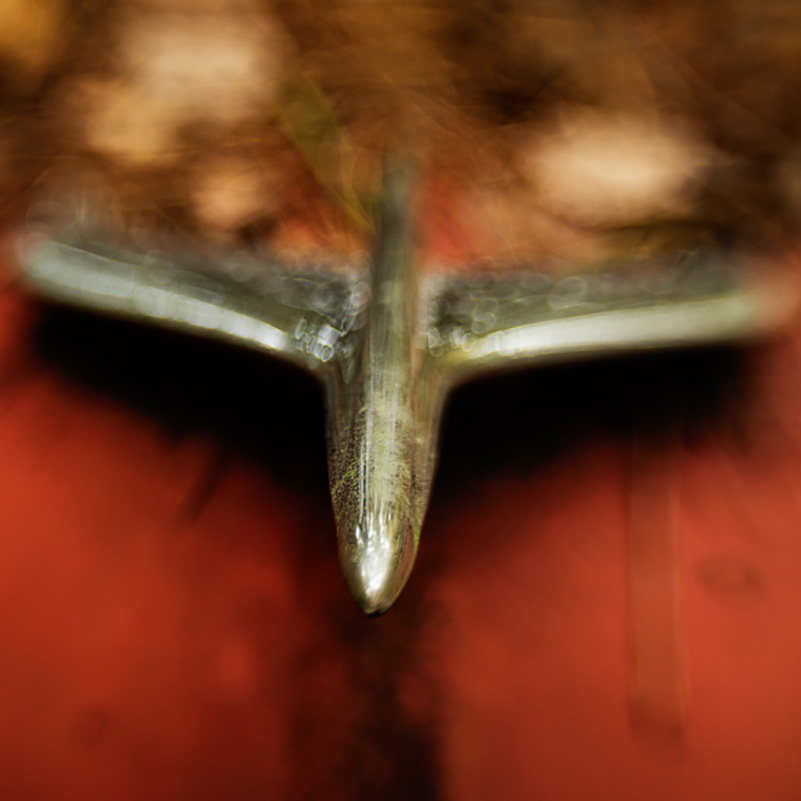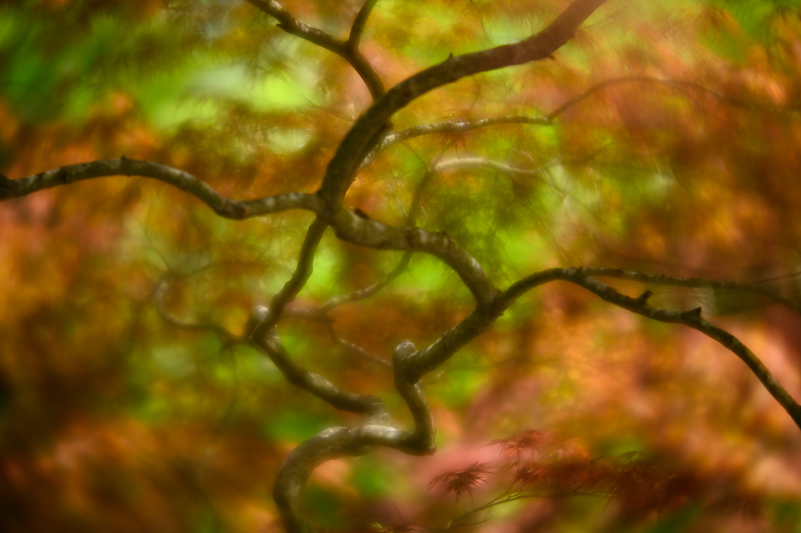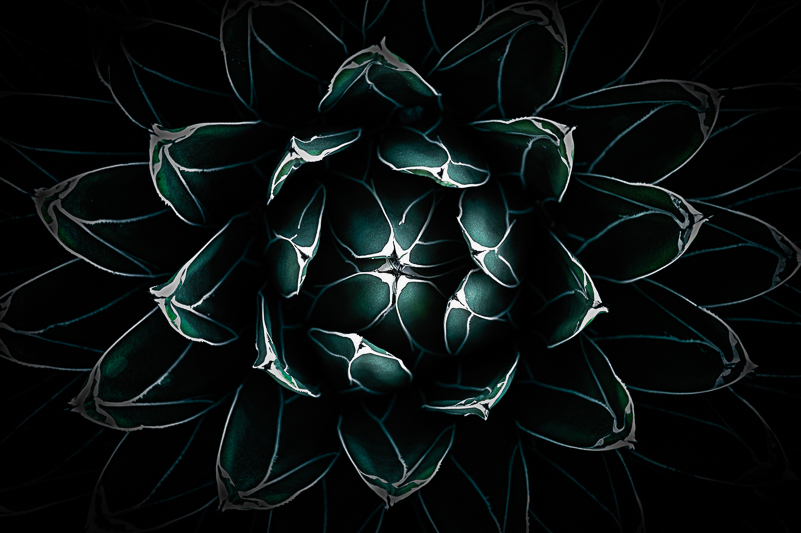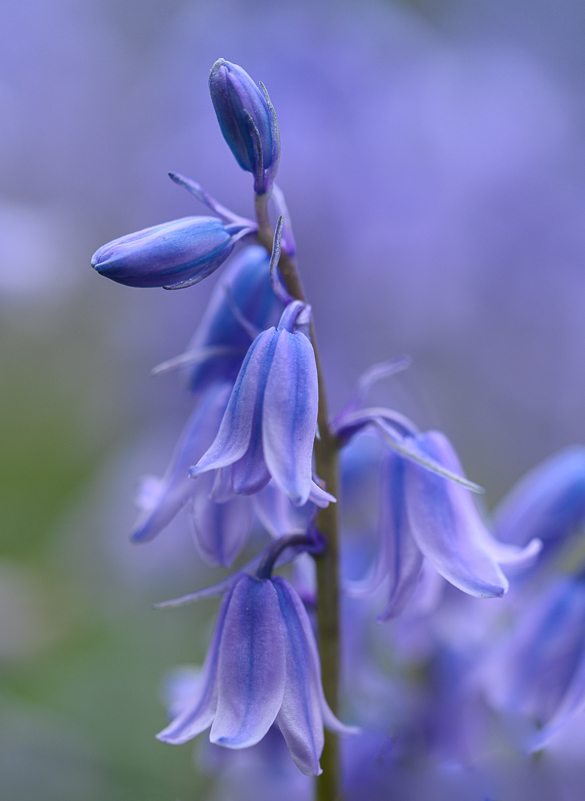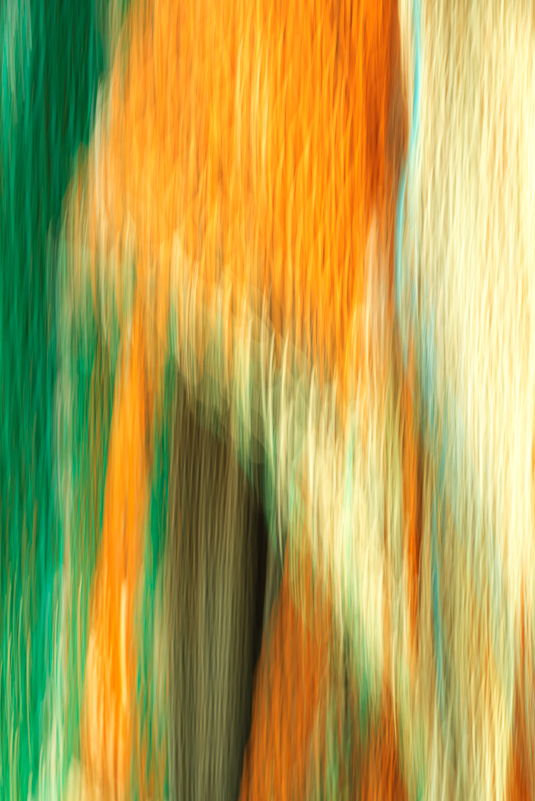Where focus is placed is what really matters.
–Steven Redhead, Life is a Cocktail
What do we do when we can’t find focus or when we lose focus? Sometimes nothing. Sometimes, we wait for the dust to settle and the inspiration to rise. Sometimes, we might even get on the treadmill where we listen to the wrong voices that tell us that we’re not good enough or ask what’s wrong with us. Safe to say that this happens to the best of us, meaning all of us.
Have you ever questioned the importance of focus? Lost it? Searched for it? And, finally found it, only to lose it again? Yeah, me, too. When I can’t focus or find it no matter how hard I try, it’s beyond frustrating. I call it “the Circle Dance.” And, I’ve been doing it a lot lately.
THE SEARCH FOR FOCUS
I’ll give you an example. For the past three weeks I’ve been doing the dance. I ordered myself flowers, beautiful ones. This is usually one of my best forms of therapy and an opportunity to focus my attention on something lovely, colorful and inspiring. And, they were. Two dozen stems of pink and white and purple ranunculus. Each one full of curves, ruffles, textures and design. They lasted almost two weeks in some stage of goodness. One session with them left me less than inspired, and the images showed that (at least to me). Now, they’re all dried up, now waiting with aging wabi sabi petal opportunities.
At least four times I’ve walked around my neighborhood with my camera with several different lenses, including my Lensbabies. Again, not much in the way of inspiration moments or immersion. Photographing plants, especially flowers, is usually a “cure-all” for my inability to focus. So, I started to wonder . . . and asked some fellow photographers what they do when they are “stuck” and can’t find focus. There were some interesting responses. One of them stated that when he is stuck it is often the final stage before a breakthrough or change in the direction of his work. Sometimes, he continued, it helps to go back through his images from the last few months and look for different themes starting to emerge.
TROLLING FOR INSPIRATION & FOCUS
So, sometimes when I feel stuck and out of tune, I go back through my hard drives and troll. I randomly process images I had not done anything with before or images that strike a chord with the mood in the moment. Other times I put every effort to find my photography muse aside and do laundry or clean the kitchen. I find something, anything, I can start and finish successfully. Other times, I go out and dig in the dirt – again, anything to avoid grabbing my camera when I can’t find a path or even a sliver of direction.
WHY DOES FOCUS MATTER?
It matters because it gives us a way to move forward, to find a direction, an idea, a subject to latch onto. It gives us something to arrange, compose and “focus” on to create an image that clearly represents what was most interesting or important. Focus leads us through and to a goal or destination, visual or otherwise. In our images, focus tells the viewer what to pay attention to. Handled properly, it provides a window into our thoughts, intentions and provides an opportunity to offer an image with visual or emotional impact. Miss focus and the image falls flat.
FOCUS PLACEMENT IS IMPORTANT
Where we place our focus determines what we (and others) see or don’t see. When we place our focus on the “wrong” area, things don’t work as well as we would like, meant or intended – in our images and in life.
It is sometimes challenging to find the best point of focus with our subjects. Other times it is easy. When we’re not sure of what will work best (and our subjects are not moving or flying away), try a variety of areas for focus placement. When you review the images on your computer, you’ll be able to better decide what is most advantageous for the success of the image (for you, first, then others). For example, if your subject has eyes, they (or at least one) should be in sharp focus. When I photograph flowers with a clear center in the frame, I view it as the “eye” of the bloom and work to get that area in sharp focus. The choice you make for where to focus can vary depending on your perspective.
HOW MUCH FOCUS DO YOU NEED?
Best answer? It depends. This question relates to depth of field. This is a factor that plays an important part in how much we see. Our choices matter if we are to achieve our intended results. Choices are driven by intention. Do you want to have everything in focus, less than everything pr practically a whisper of detail? You make that choice first, then you choose your f-stop. If you are uncertain of the “best” setting, “run your apertures” from deep to shallow or vice versa. Later, view the series and make another choice for which images at what apertures work best for the intentions you had.
There are times when you want everything in focus for a particular subject. Take flowers, for example. You want to capture all the details of the blooms, but your background is too busy or too close for f/8 to f/11 to work. That’s when you might try focus-stacking (manually or via a function in your camera) at a wider aperture. My Nikon Z’s have that feature. I don’t use it very often because my style leans more in the shallow zone. That said, I figured I would make the effort so I could have an example for this post.
Note: Regardless of how you do the focus stacking, start your focus at the front of the image field (what’s closest to you). And, be aware that you can run into issues if you’re trying this on a flower on a breezy day.
Another alternative to focus stacking could be to find a similar subject with a cleaner background so you can attain more focus and detail in your subject. Or you could change your perspective and intention for the subject and how it appears in the image by shooting with a wider aperture (f/2.8 to f/5.6). If you shift gears in this direction, it’s even more important to place your focus point (or manually focus) in the area of most importance for the most impact according to your vision.
I have said this before in regard to how I find and “handle” my subjects. I’m looking for a subject that makes me stop, makes me feel something, and holds my attention. I look for curves, texture, color, shapes and lines in my subjects that inspire me with ideas for new ways to portray them. What lens I use along with what aperture I choose for any given subject depends on what I’m seeing and feeling. Some beg for as much in focus as possible, others far less. How do you or I decide? We first focus our attention on what we’re seeing and what we want the end result to look like. That is something only you can decide – it’s your image.
AT TIMES, EMBRACE THE LACK OF FOCUS
Hard to believe, but there are times when an out-of-focus image is more impactful than one with all the important edges in focus. In fact, those images can reflect a fleeting moment in the best way. When your subject stays in motion to the point that an edge focus is not possible, embrace the motion. This happened to me recently in Gibbs Gardens when I was trying to work with backlit maple leaves. It seemed that I picked the breeziest day to visit. Try as I might, focus was not happening. I demurred and ended up loving the images without a point of focus.
When we use the technique referred to as ICM (intentional camera movement), we are not looking for a singular point of focus. We’re paying attention to color, contrast, lines, shape and design. Motion blurs are emotive. They make us feel something. I love to use motion in my images. In fact, often, I use this technique to “shake off the dust.” When I can’t seem to zone into or find a subject to work, I’ll use motion as a release for the angst and frustration. Perhaps the movement with minimal restraints is what opens the door to creativity.
FINAL THOUGHTS
While I’ve made some headway in my “finding focus” efforts, it has not been easy. While shooting at Old Car City USA recently, I made myself commit to photographing only emblems and ornaments on the cars. My focus was to work them with intention and not allow myself to be distracted. I did just that for several hours that morning. I worked slower, worked my subjects, used my tripod the entire time. I used one lens for the entire morning. I resisted the urge to go soft and break out any one of my Lensbabies. I “ran my apertures” and tested focus placement. It helped me “focus” and find my focus. That afternoon … I used my Lensbaby Velvet 56 and went for soft focus. And, much to the chagrin of those who know me, I didn’t always use my tripod.
Whatever you need to do to slow down or stop the “Circle Dance,” do it. Whether you do it in the field or by way of trolling your hard drives and playing with your images, do it. If you need to step away and do laundry, clean the kitchen or dig in dirt to “refocus”, do it. Remember, wherever you place your attention and focus, that’s where you’ll stay (for your good or bad). Find something good to focus on with your mind. Then, bring your camera into view. Refuse to give up. Don’t let your camera gather too much dust. It might just end up as schmutz on your sensor. It can be a slow and frustrating stretch when you lose your focus, but you’ll get through it.
I leave you with some words from Sravani Saha Nakhro:
“As you narrow your focus, you will broaden your opportunities.
